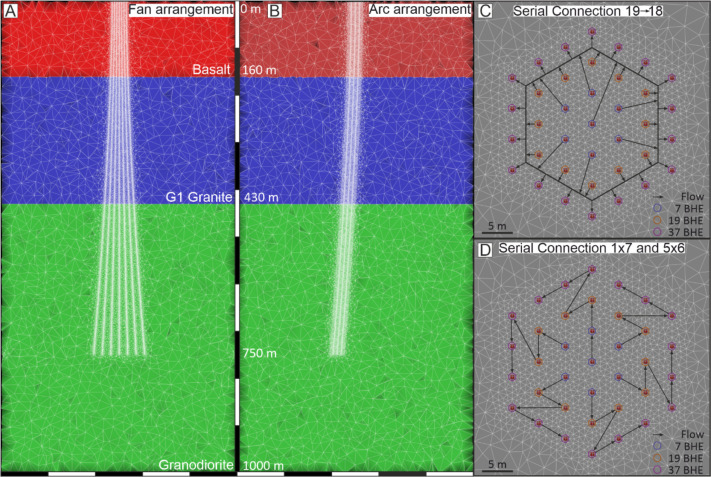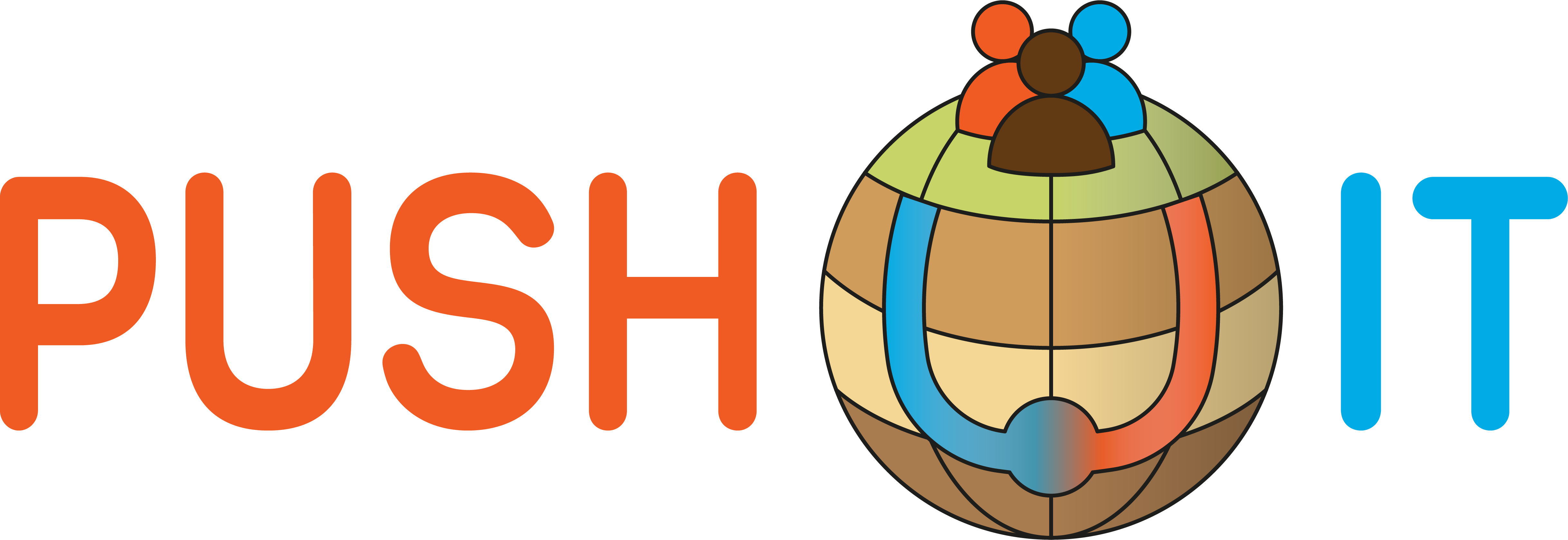A closer look at Co-Simulation
One of the Enabling Technologies that is being developed by the Push-It project is Co-Simulation. This simulation models the complete UTES system. That is all well and good, but how does it work? What are the challenges the team is facing? What is the current status of development? We asked Max Ohagen, who is a developer on this part of the project.

What exactly is co-simulation?
Co-simulation involves multiple, stand-alone simulation tools (each modeling a different subsystem) running in parallel. These tools exchange data at specific communication intervals but otherwise operate independently. In the PUSH-IT project, for example, we’re modeling both the energy system above ground (such as district heating networks) and the Underground Thermal Energy Storage (UTES) systems (e.g., Borehole TES, Medium-depth TES, Aquifer TES). The overarching goal is to accurately replicate real-world installations so that we can test and optimize different control strategies for integrating UTES into existing energy systems. Ultimately, we will develop a dedicated controller for the storage systems and use the co-simulation environment to train, validate, and refine this controller, ensuring it operates effectively under realistic conditions.
What is needed to develop the technology?
- Subsurface data: A solid understanding of geological conditions—through field studies, geophysical surveys, drilling data, core samples, and lab experiments—is crucial for developing robust underground models.
- Surface system data: Real-world measurements are ideal, such as heat demand profiles, producer capacities, supply/return temperatures, flow rates, and component specifications (heat exchangers, heat pumps, pumps, pipes, etc.). This information ensures the surface system models accurately reflect operational conditions.
How do you test the simulation? Do you do that on one site or on multiple?
We compare our simulated results against measured operational data (where available) and calibrate the models accordingly. In PUSH-IT, three demo sites are being used for co-simulation:
- Darmstadt: BTES coupled with a District Heating Network
- Delft: ATES coupled with a District Heating Network
- Bochum: MTES coupled with a District Heating and Cooling Network
These co-simulations also provide a “virtual test environment” for developing and refining the storage system controllers.
What are the challenges you’re facing with developing this technology?
- Scope and integration: The exact scope of UTES at each site can still evolve, so our simulations rely on certain assumptions that may need revision.
- Coupling complexity: Connecting different software tools (with distinct data formats and computational methods) is not trivial and often requires custom interfaces or adaptations.
What is the current status of development?
- Underground models for ATES, BTES, and MTES are already in place.
- Coupling interfaces between storage systems and the surface systems are developed for ATES and BTES; the MTES interface is still a work in progress.
- Energy system models exist for the three demo sites (Darmstadt, Delft, and Bochum), though some still require updates to reflect ongoing integration plans.
- We can already perform basic co-simulation runs at all sites, and ongoing work focuses on refinement, calibration, and adding the latest design inputs.

PUSH-IT is a project funded by the European Union’s Horizon Europe research and innovation programme under grant agreement No 101096566.
Funded by the European Union. Views and opinions expressed are however those of the author(s) only and do not necessarily reflect those of the European Union. Neither the European Union nor the granting authority can be held responsible for them.
